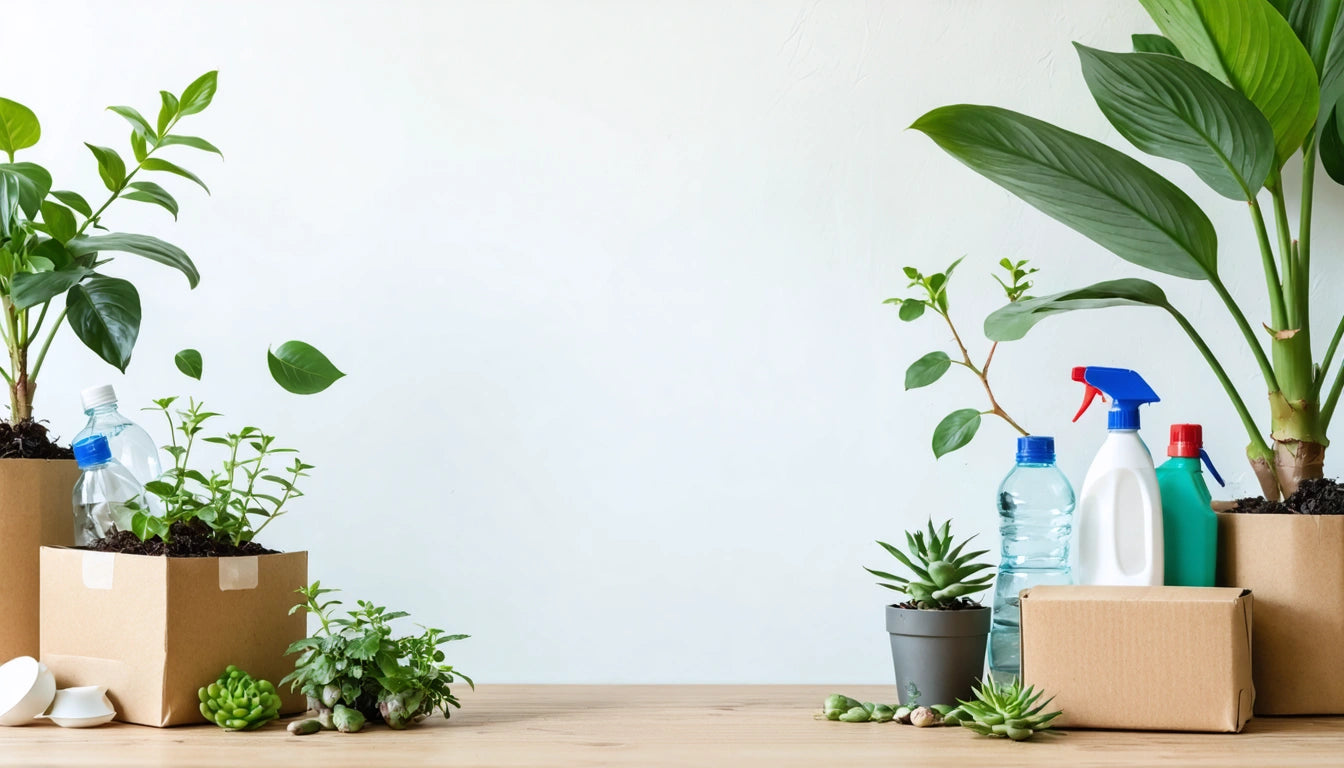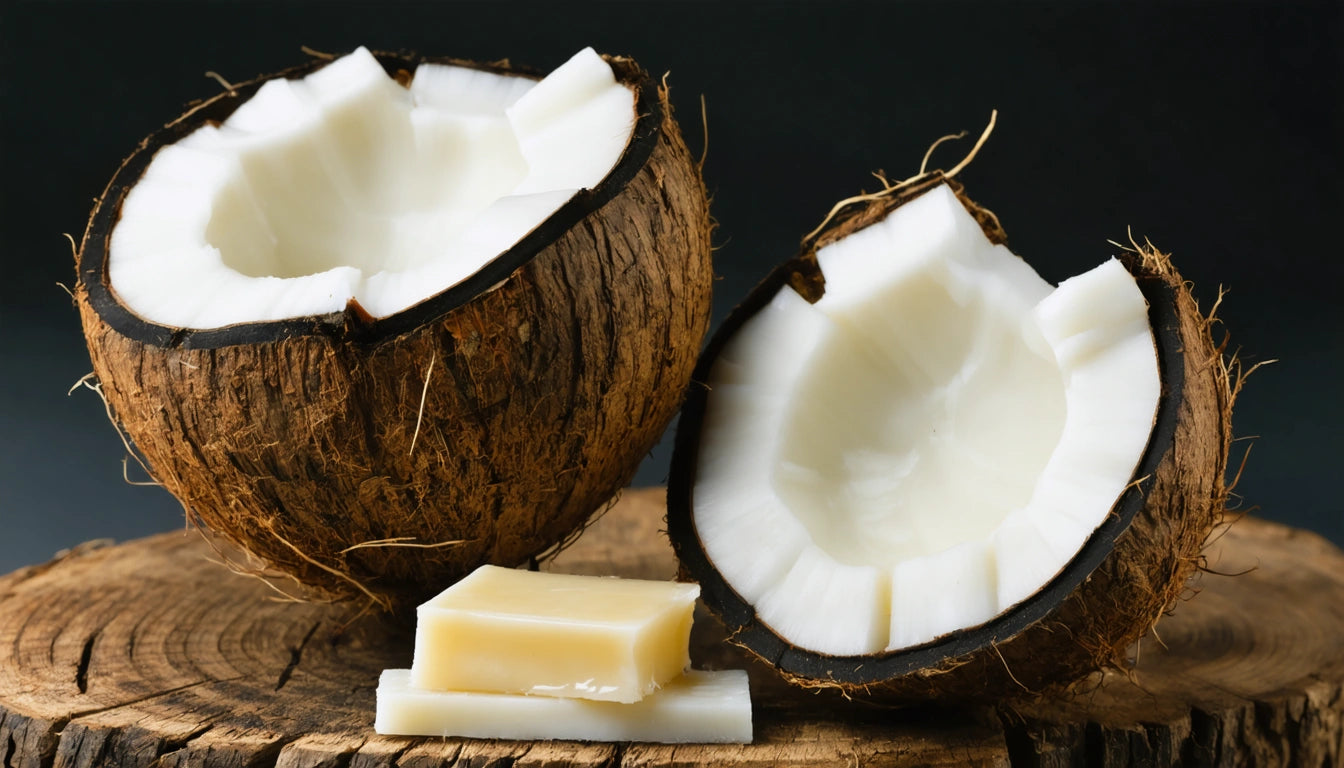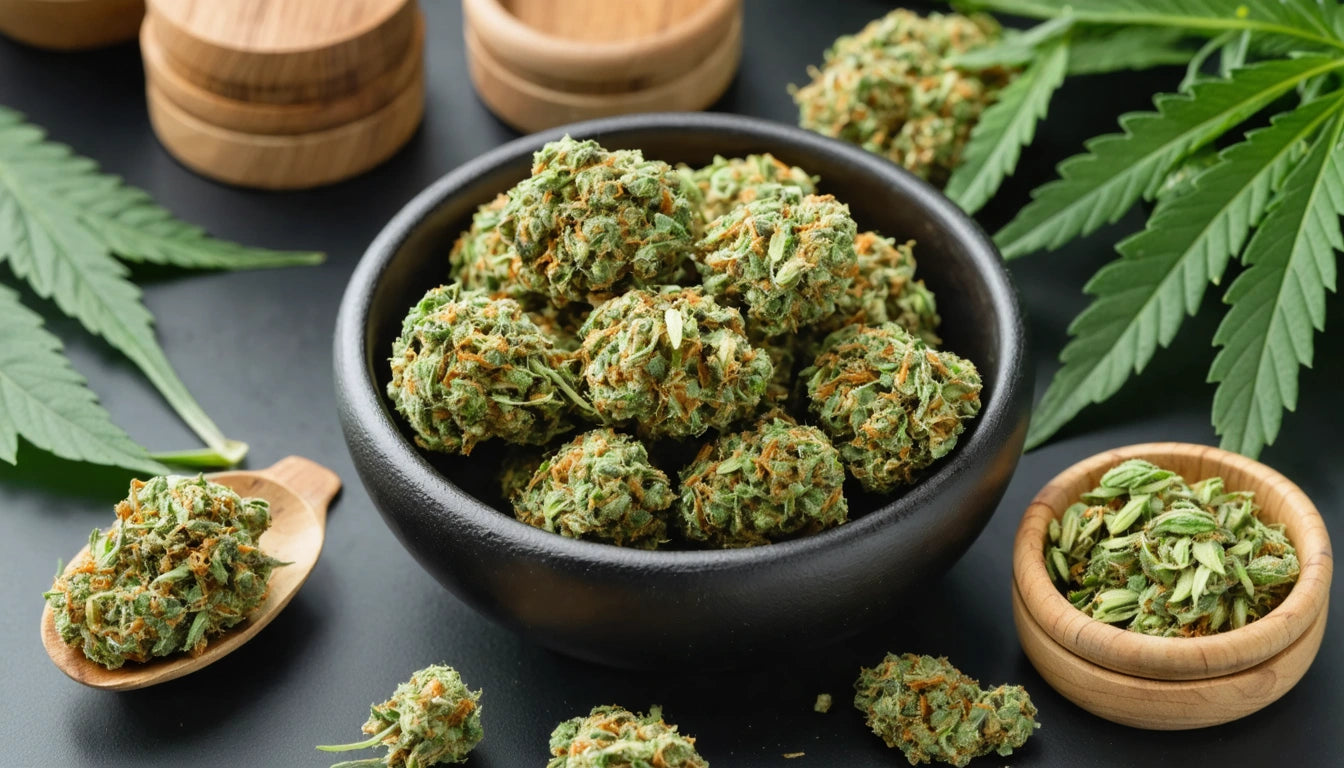Table of Contents
Eco Packaging Mistakes Brands Keep Making (And How to Avoid Them)
Sustainable packaging has moved from a nice-to-have feature to a business imperative. However, many brands continue to make critical mistakes when implementing eco-friendly packaging solutions. These missteps can lead to wasted resources, consumer confusion, and even regulatory issues. Understanding common pitfalls is the first step toward creating truly sustainable packaging strategies.
Greenwashing and Misleading Claims
Perhaps the most damaging mistake brands make is overstating environmental benefits. Using vague terms like "green," "eco-friendly," or "natural" without substantiation can erode consumer trust and potentially violate FTC guidelines on environmental marketing claims.
Common Greenwashing Tactics
- Using green colors and nature imagery on non-sustainable packaging
- Highlighting a single eco-friendly aspect while ignoring overall environmental impact
- Making broad claims without certification or verification
- Creating misleading proprietary eco-labels
According to research on eco-visibility in packaging, consumers increasingly prefer transparent communication about sustainability claims rather than vague marketing language. Brands should focus on specific, measurable improvements and third-party certifications.
Material Misconceptions
Many brands jump on trending materials without understanding their true environmental impact. For instance, bioplastics are often assumed to be universally better than traditional plastics, but the reality is more complex.
Material Myths vs. Reality
Biodegradable plastics often require industrial composting facilities that many municipalities lack. As explained in this analysis of bioplastic films, these materials may still end up in landfills where they cannot properly degrade.
Similarly, biodegradable isn't always better when considering total environmental footprint. Some biodegradable materials require more water, energy, or land resources to produce than conventional alternatives.
Neglecting Full Lifecycle Assessment
Focusing solely on end-of-life considerations while ignoring production impacts is another common mistake. A truly sustainable approach requires examining the entire lifecycle:
- Raw material sourcing and extraction
- Manufacturing processes and energy usage
- Transportation and distribution impacts
- Consumer use phase
- End-of-life disposal or recycling
For example, when comparing compostable vs. recyclable options, brands must consider local infrastructure, consumer behavior, and complete environmental footprints rather than making assumptions based on marketing claims.
This comprehensive approach aligns with the concept of closed-loop packaging systems, which aim to minimize waste at every stage of the product lifecycle.
Overlooking Functionality and Compliance
Many brands prioritize sustainability at the expense of packaging functionality, which can create significant problems. Packaging must still fulfill its primary functions:
- Product protection and preservation
- Safety and compliance with regulations
- Usability for all consumers, including those with disabilities
- Brand communication and marketing
Safety compliance is particularly important for certain products. Regulatory standards for child-resistant packaging must be maintained even when pursuing eco-friendly alternatives, especially for products that could be harmful if accessed by children.
Functionality issues can also lead to increased product damage during shipping, which creates more waste than the packaging itself. As noted in this analysis of minimal packaging, sometimes using more material can actually reduce overall environmental impact by preventing product loss.
Sustainable Packaging Implementation Strategies
To avoid these common mistakes, brands should adopt a strategic approach to sustainable packaging:
Start With Clear Goals and Metrics
Define specific, measurable sustainability targets rather than vague aspirations. These might include:
- Percentage reduction in virgin plastic use
- Carbon footprint reduction across packaging lifecycle
- Improved recyclability or compostability rates
- Reduction in packaging-to-product ratio
Explore Innovative Alternatives
Look beyond conventional materials to emerging solutions like mushroom-based packaging or edible packaging made from seaweed or rice paper. These materials can offer unique benefits for specific applications.
Consider Reusable Systems
Refillable packaging systems represent a paradigm shift from single-use to multiple-use models. These approaches can dramatically reduce material consumption while creating new consumer touchpoints and loyalty opportunities.
By avoiding these common mistakes and taking a thoughtful, comprehensive approach to sustainable packaging, brands can create solutions that genuinely benefit the environment while meeting business objectives and consumer expectations. The most successful eco-packaging strategies balance environmental impact with practical considerations, creating systems that are truly sustainable in every sense of the word.











Leave a comment
All comments are moderated before being published.
This site is protected by hCaptcha and the hCaptcha Privacy Policy and Terms of Service apply.